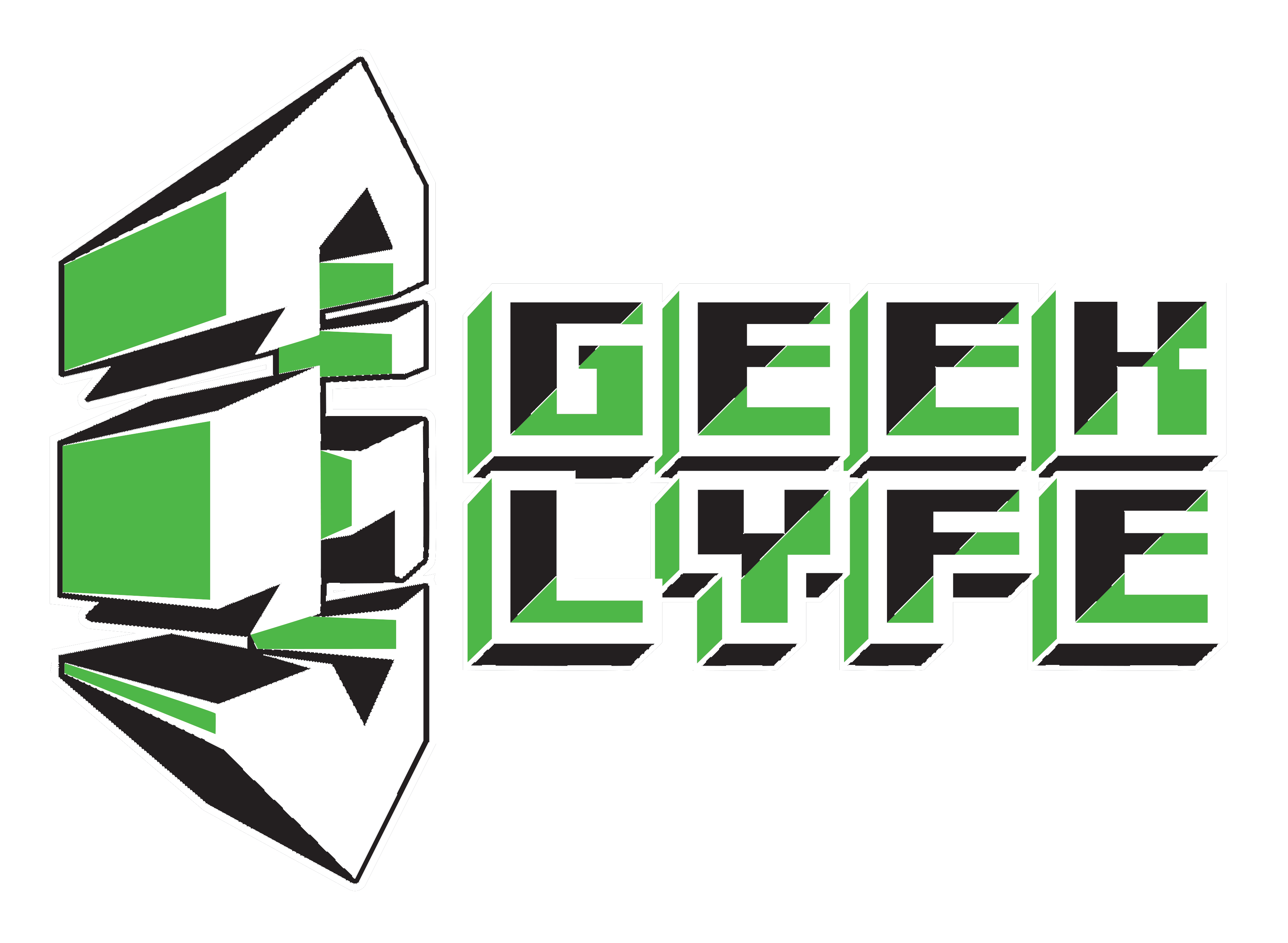The Origins of Pathfinder: A Revolution in Tabletop Role-Playing
The Pathfinder Roleplaying Game, commonly known as Pathfinder, has become one of the most popular tabletop role-playing games (TTRPGs) in the world since its debut in 2009. Its origins are deeply intertwined with the history of Dungeons & Dragons (D&D), and its creation marks a significant moment in the TTRPG industry. The story of Pathfinder is not just about the creation of a game; it’s about the preservation of a community, the evolution of game design, and the spirit of innovation that continues to drive the hobby forward.
The Dungeons & Dragons 3.5 Legacy
To understand the origins of Pathfinder, one must first look at the state of Dungeons & Dragons in the mid-2000s. D&D, originally created by Gary Gygax and Dave Arneson in 1974, was the progenitor of the entire TTRPG genre. Over the years, it underwent several editions, with each one refining and expanding upon the previous. By 2003, D&D was in its 3.5 Edition, an iteration of the Third Edition that was released in 2000.
Dungeons & Dragons 3.5 Edition was immensely popular, known for its depth, complexity, and customization options. However, when Wizards of the Coast (WotC), the company that owned D&D, announced the development of the Fourth Edition in 2007, it sparked concern among many players. The changes proposed for Fourth Edition were radical, aimed at streamlining the game and making it more accessible to new players. While some welcomed these changes, a significant portion of the player base feared that the new edition would abandon the complexity and flexibility that had made 3.5 so beloved.
The Birth of Paizo Publishing
Paizo Publishing, the company behind Pathfinder, was founded in 2002 by Lisa Stevens. Initially, Paizo was not a game publisher but a magazine publisher, producing Dragon and Dungeon magazines, which were official D&D publications. These magazines were essential resources for D&D players, filled with new adventures, character options, and game advice. However, in 2007, WotC decided to take the magazines back in-house, ending Paizo’s publication of them. This left Paizo at a crossroads, uncertain of its future direction.
Realizing that they had cultivated a loyal community of gamers through their work on the magazines, Paizo decided to take a bold step. They began developing their own line of products, starting with the Pathfinder Adventure Path, a series of monthly adventure modules designed for use with D&D 3.5. These adventure paths were a hit, but Paizo’s biggest move was yet to come.
The Open Game License and the Creation of Pathfinder
One of the most significant factors that enabled Pathfinder’s creation was the Open Game License (OGL). Introduced by WotC in 2000 alongside D&D’s Third Edition, the OGL allowed third-party publishers to create and distribute content compatible with D&D’s core rules. This license was revolutionary, as it opened the doors for independent creators to contribute to the game’s ecosystem without infringing on WotC’s intellectual property.
When WotC announced D&D Fourth Edition, it came with a new, more restrictive licensing agreement, the Game System License (GSL). This new license was not as favorable to third-party publishers, and it effectively marked the end of the OGL for future editions of D&D. However, the OGL remained in place for the 3.5 Edition ruleset, meaning that as long as a publisher wanted to create content compatible with 3.5, they could do so legally under the OGL.
Seizing this opportunity, Paizo decided to create their own role-playing game, one that would be fully compatible with D&D 3.5 but would continue to evolve independently. This game was Pathfinder.
The Pathfinder Roleplaying Game
Released in 2009, the Pathfinder Roleplaying Game was essentially an updated and refined version of D&D 3.5. Paizo took the existing 3.5 ruleset and made a series of adjustments and improvements based on feedback from players. They streamlined certain aspects of the game, introduced new options, and worked to balance mechanics that had been problematic in the original 3.5 rules. Importantly, they did all this while maintaining the depth and complexity that fans of 3.5 loved.
Pathfinder was an instant success. Not only did it attract players who were dissatisfied with Fourth Edition, but it also drew in new players who were looking for a game that offered a rich, detailed, and customizable experience. The community that Paizo had cultivated through its magazines and adventure paths now had a new home in Pathfinder.
One of the key features of Pathfinder’s success was Paizo’s commitment to its community. Paizo actively engaged with players, soliciting feedback, and incorporating suggestions into future products. This approach helped foster a strong sense of loyalty among Pathfinder players, who felt that their voices were being heard and that they were an integral part of the game’s development.
Pathfinder vs. Dungeons & Dragons
For several years, Pathfinder and Dungeons & Dragons coexisted as the two major forces in the TTRPG world. While D&D remained the most well-known brand, Pathfinder became a serious competitor, even outselling D&D at certain points in the early 2010s. This was an unprecedented achievement for a game that was, in many ways, an offshoot of D&D.
The rivalry between the two games was largely driven by the differences in design philosophy. D&D Fourth Edition, with its focus on streamlined mechanics and tactical combat, was seen by some as moving away from the role-playing and storytelling aspects of the game. Pathfinder, on the other hand, embraced those elements, offering players a system that was both flexible and robust, with endless possibilities for character customization and narrative depth.
The Legacy of Pathfinder
In 2014, WotC released Dungeons & Dragons Fifth Edition, which marked a return to the game’s roots with a greater emphasis on storytelling and role-playing. Fifth Edition was well-received and helped D&D regain its position as the leading TTRPG. However, Pathfinder had by this time established itself as a major force in the industry, with a dedicated fanbase and a wealth of content.
In 2019, Paizo released Pathfinder Second Edition, a major update to the game that introduced new mechanics and further refined the rules. Second Edition built on the strengths of the original game while addressing some of the complexity that had made it intimidating for new players. It was another success for Paizo, ensuring that Pathfinder would remain a vital part of the TTRPG landscape.
Pathfinder’s legacy is one of innovation, community engagement, and a commitment to the core principles of tabletop role-playing. It demonstrated that there was room in the market for multiple approaches to TTRPG design and that a well-crafted game, supported by a passionate community, could compete with even the biggest names in the industry. Today, Pathfinder continues to thrive, offering players around the world the chance to embark on epic adventures in a game that has its roots in one of the most beloved editions of Dungeons & Dragons.
4o
Chicano | Fighting/Writing for Diversity | DM since 08 | Anime Lover | Site: https://www.thegeeklyfe.com | info@thegeeklyfe.com | http://twitch.tv/that_deangelo | https://linktr.ee/deangelomurillo
- DeAngelo Murillohttps://www.thegeeklyfe.com/author/darthmexican/
- DeAngelo Murillohttps://www.thegeeklyfe.com/author/darthmexican/
- DeAngelo Murillohttps://www.thegeeklyfe.com/author/darthmexican/
- DeAngelo Murillohttps://www.thegeeklyfe.com/author/darthmexican/
DeAngelo Murillo
Chicano | Fighting/Writing for Diversity | DM since 08 | Anime Lover | Site: https://www.thegeeklyfe.com | info@thegeeklyfe.com | http://twitch.tv/that_deangelo | https://linktr.ee/deangelomurillo





